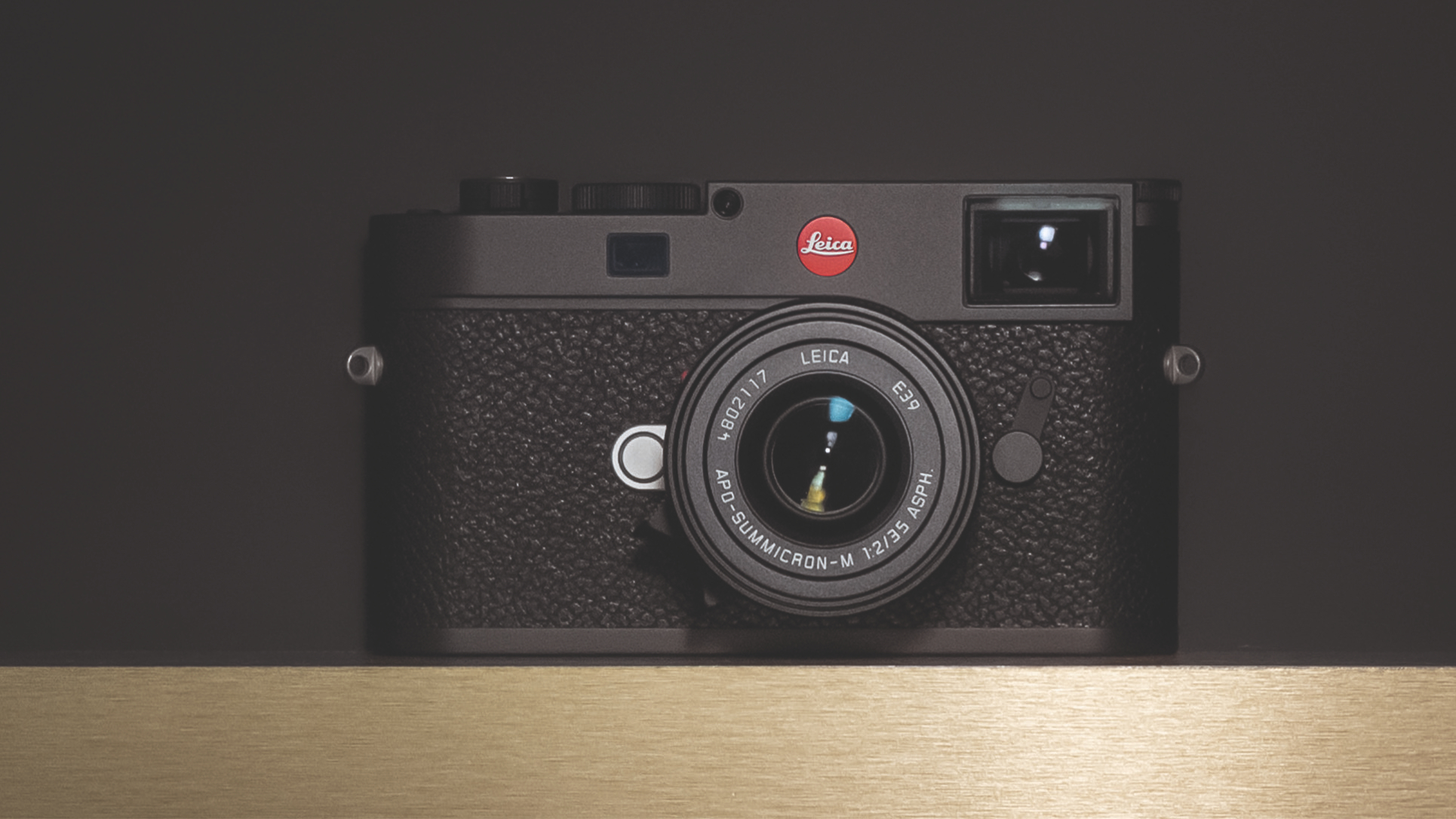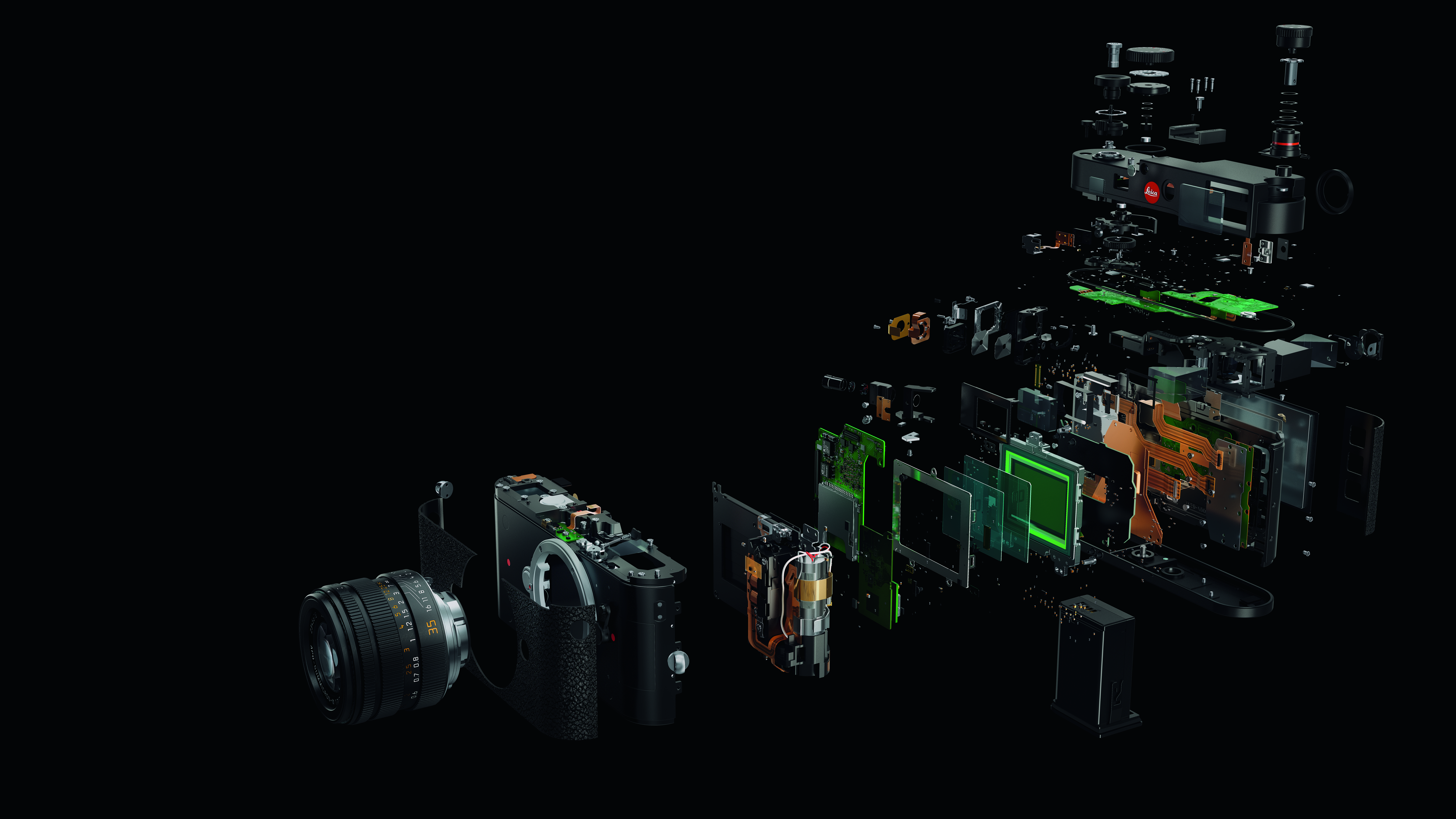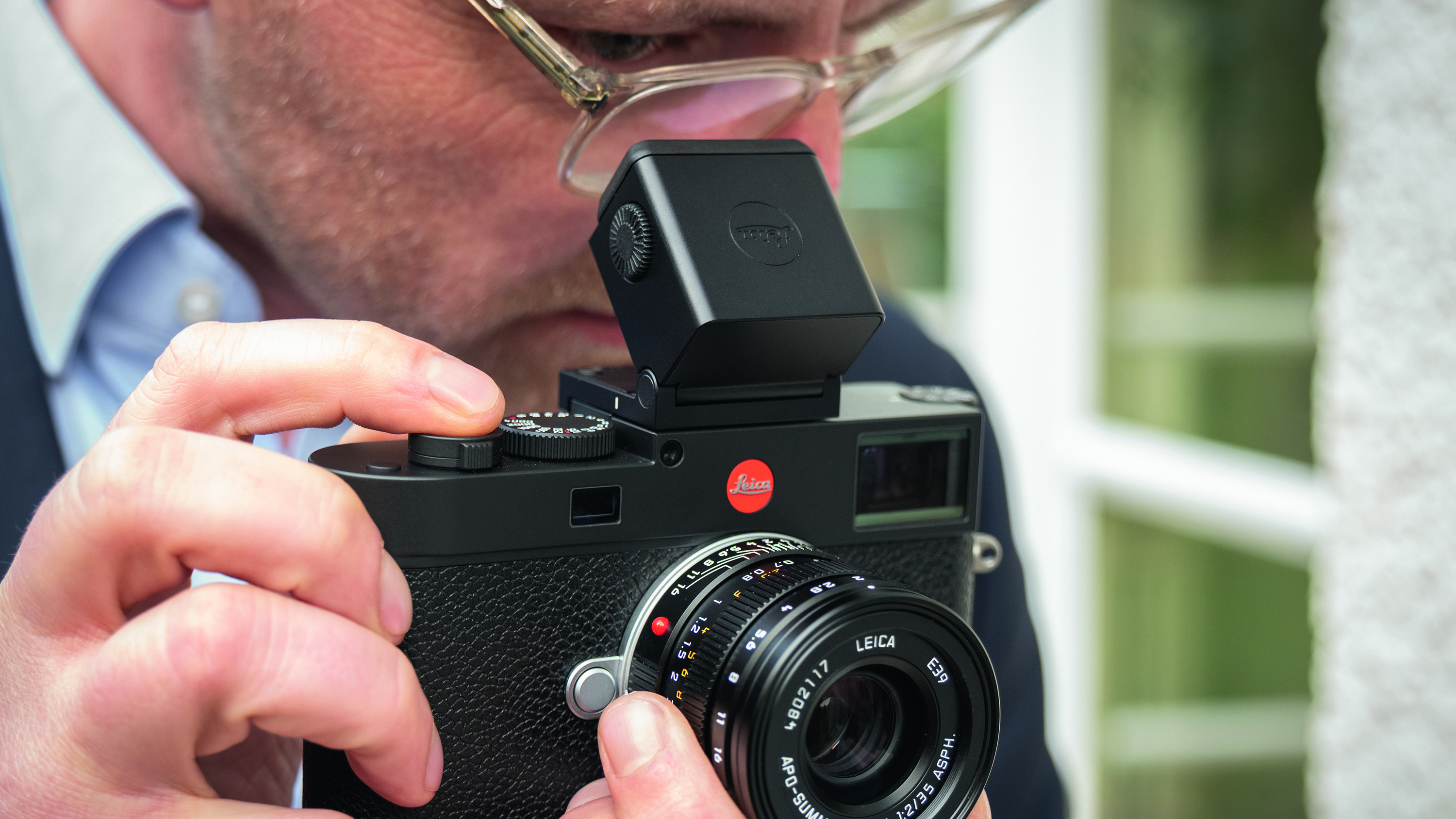60MP Leica M11 is here – a legend reinvented
With triple resolution tech, electronic shutter, USB-C and new high res screen, the Leica M11 is the most advanced M ever

After months of leaks, the Leica M11has been officially launched – and it combines the experience of traditional rangefinder shooting with contemporary camera technology, delivering flexibility to every photographer.
The Leica M11 features an exclusive triple-resolution sensor that is capable of producing 60MP, 36MP or 18MP images in Raw DNG or JPEG format while employing the full frame sensor across all resolutions.
• Read more: Best Leica cameras
The 60 megapixel option delivers unprecedented image quality and detail, and can exploit the full optical potential of the best Leica M lenses featuring APO (apochromatic) correction. The lower resolutions, meanwhile, enable faster camera performance, extended burst lengths and smaller files, making the M11 suitable for multiple workflows.
The camera also comes equipped with a special IR and UV cut filter, and comprises two extremely thin cemented layers of glass, to achieve an especially effective correction of even the most oblique rays of incident light. In addition, thanks to a new color filter array, the camera offers an improved and more natural color reproduction.
The latest Leica features a sensitivity range from ISO64-50,000, recording 14-bit color images with up to 15 stops of claimed dynamic range. To handle all this data, a new Maestro III processor has been developed to offer more fluid and responsive operation over the M11's predecessor, the Leica M10-R.

While the camera maintains the iconic look of a traditional Leica M body, the carefully optimized design of the M11 is focused on efficiency and ergonomics. The controls have been arranged in a unique layout around a new 2.3 million pixel touchscreen. The menu structure remains consistent with that of the Leica SL2 and Leica Q2, unifying the acclaimed interface for a more user-friendly experience.
Get the Digital Camera World Newsletter
The best camera deals, reviews, product advice, and unmissable photography news, direct to your inbox!
However, one thing that isn't traditional is the Leica M11's new option to use an electronic shutter that is capable of shooting up to 1/16000 sec. The M11 also features multi-field metering in rangefinder mode, for the first time on an M body, affording photographers a valuable tool to curate light.
An interesting fact is that the black variant of the camera features a top plate made of high-quality aluminum, with an especially scratch-resistant coating, resulting in a body that is approximately 20% lighter than its silver-chrome brass counterpart (which, comparison, features a classic brass top plate and weighs in at 640g).
Unique to the M11 is the omission of the traditional base plate, offering photographers an easy and more direct access to the battery and SD card. In addition to memory card storage, the camera is equipped with an internal capacity of 64GB – making this the first M model to save files simultaneously to two different storage media.
The new 1800mAh battery stores 64% more energy than before and, combined with the camera’s more efficient operation, allows for considerably longer shooting on a single charge. In addition, the newly added universal USB-C port also serves to charge the camera’s battery, using most USB-C chargers.

Upgraded connectivity features will be available via firmware in the second half of 2022. This will enable advanced connectivity capabilities that enhance mobile workflows and the Leica Fotos app, with the possibility to embed location data, access images via Bluetooth connection, and allow increased transfer rates. Moreover, the Leica M11 is already an Apple-certified “Made for iPhone and iPad” accessory, and as such offers unique abilities with the included Leica Fotos cable.
With the evolution of the Leica M comes new accessories to enhance the rangefinder experience. The new Visoflex 2 electronic viewfinder has also been announced with the M11 and features 3.7 million pixels of resolution. Encased in a metal exterior, the Visoflex 2 perfectly matches the M11 in terms of design and functionality, and boasts a 90° tilt function.
To improve ergonomics without obstructing access to the battery and SD card, photographers will have the option to complement the M11 with a newly designed handgrip. This doubles as a tripod mount, where the camera can be attached to Arca-Swiss-standard tripod heads without the need for any additional equipment.
With all these new features added to the Leica M11, this is certainly a new era for Leica and the iconic M system. All these new features come with a reassuringly high price tag of $8,995 / £7,500 / AU$13,500, and the camera is available now.
Pre-order the Leica M11 at Adorama (US)
Pre-order the Leica M11 at B&H (US)
Pre-order the Leica M11 at Park Cameras (UK)
Pre-order the Leica M11 at Wex (UK)
Order the Leica M11 from the Leica Store (AU)
Visoflex 2 Pre-order
Pre-order the Leica Visoflex 2 at B&H (US): $740
pre-order the Leica Visoflex 2 at Adorama (US): $740
Pre-order the Leica Visoflex 2 at Park Cameras (UK): £600
Pre-order the Leica Visoflex 2 at Wex (UK): £600
M11 Handgrip Pre-order:
Pre-order at B&H (US): $430
Pre-order at Adorama (US): $430
Pre-order at Park Cameras (UK): £325
Pre-order at Wex (UK): £325
Protective Case Pre-order:
B&H: Black - Cognac - Olive Green (US)
Adorama: Black - Cognac - Olive Green (US)
Park Cameras: Black - Cognac - Olive Green (UK)
Wex: Black - Cognac - Olive Green (UK)
Read more:
Best Leica M lenses
Best Leica camera
Best mirrorless cameras

For nearly two decades Sebastian's work has been published internationally. Originally specializing in Equestrianism, his visuals have been used by the leading names in the equestrian industry such as The Fédération Equestre Internationale (FEI), The Jockey Club, Horse & Hound, and many more for various advertising campaigns, books, and pre/post-event highlights.
He is a Fellow of the Royal Society of Arts, holds a Foundation Degree in Equitation Science, and holds a Master of Arts in Publishing. He is a member of Nikon NPS and has been a Nikon user since his film days using a Nikon F5. He saw the digital transition with Nikon's D series cameras and is still, to this day, the youngest member to be elected into BEWA, the British Equestrian Writers' Association.
He is familiar with and shows great interest in 35mm, medium, and large-format photography, using products by Leica, Phase One, Hasselblad, Alpa, and Sinar. Sebastian has also used many cinema cameras from Sony, RED, ARRI, and everything in between. He now spends his spare time using his trusted Leica M-E or Leica M2, shooting Street/Documentary photography as he sees it, usually in Black and White.
